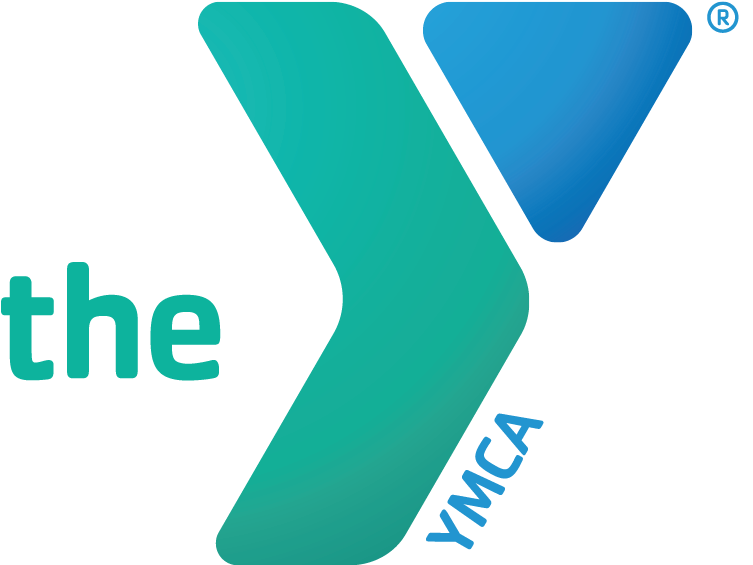FLEXIBILITY: An Important Part of Physical Fitness
Stretching, limbering up, “loosening up”....these are common terms you may hear in reference to flexibility. Flexibility refers to the range of movement in a joint or series of joints and the lengthening of muscle. This is often an overlooked aspect physical fitness.
Why is flexibility important? Flexibility helps maintain the ability to move. As we age, we lose muscle elasticity and range of motion in joints. Focused flexibility work can offset that loss and enable us to recover a degree of elasticity and range of motion. Flexibility exercises reduce risk of injury to joints, muscles, and tendons, reduce muscular soreness and tension, and enhance body awareness. In addition to the benefit of physical relaxation, stretching enhances mental relaxation as well. Stretching stimulates the body’s ability to produce lubrication for connective tissues, which can in turn reduce pain in those tissues.
What are examples of flexibility work? Yoga and Pilates focus on flexibility. These forms of exercise can be practiced daily, alone or as an adjunct to cardiovascular or strength sessions. Local health clubs frequently offer these classes. Dynamic stretching is a wonderful way to warm up muscles and increase range of motion prior to exercise, and to cool-down after a workout. Dynamic stretching involves slow, rhythmic motions that move major muscle groups. Static stretching is advised after muscles are warmed up or at the end of a workout. Static stretching involves standing, sitting, or lying still while holding a muscle group in a lengthened position. Ideally, a static stretch should be held 15-30 seconds, and repeated 2-4 times. For specific examples of dynamic and static stretches, consult your local fitness professional or online resources such as the American College of Sports Medicine or WebMD. It is recommended that those with joint, tendon, or ligament issues, or those who are recovering from an injury, obtain professional guidance for appropriate modifications to avoid strain or further injury.
References: Int J Sports Phys Ther. 2012 Feb; 7(1) : 109.119.web.mit.edu/tkd/stretch/stretching
www.hss.edu: Static and Dynamic Stretching: Tips for Athletes


